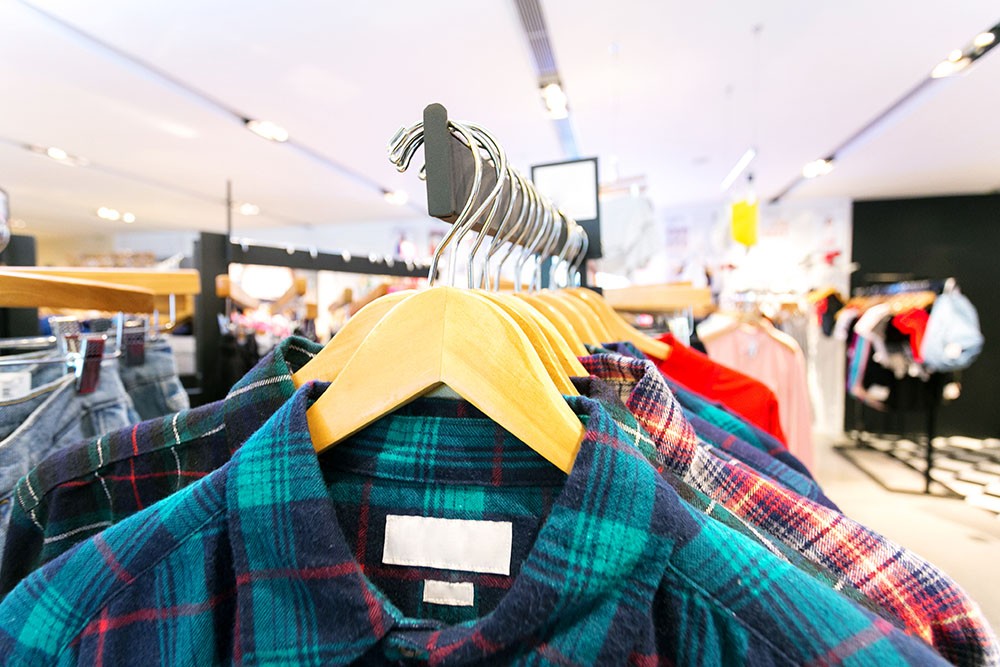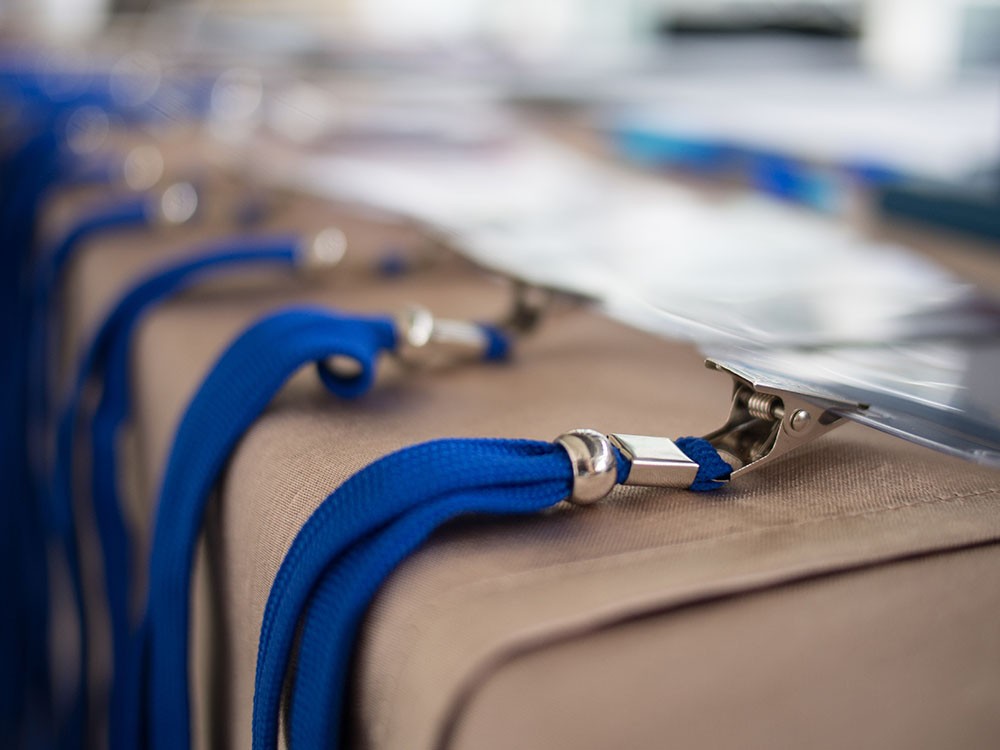
Organized retail crime at an all-time high
As the retail sector embraces the busiest season of the year, the National Retail Federation is warning of the impact of organized retail crime (ORC), noting this year ORC is at an all-time high, affecting 92 per cent of retailers and costing them $777,877 per $1 billion in sales.
In a report issued in late November, the NRF found nearly three in four US retailers had seen an increase in organized retail crime in the past year, and for over a third of survey participants that increase was “significant”.
Here’s an insight into the latest organized retail crime statistics, and how retailers can combat the growing threat.
The survey
Each year the National Retail Federation conducts a survey of retailers to specifically gauge the impact of organized retail crime, with the report now in its 14th year.
Defined by the NRF as “the large-scale theft of retail merchandise with the intent to resell the merchandise for financial gain”, ORC contributes to the growing impact of shoplifting, which US retailers note is their top source of inventory shrink. In total shoplifting accounts for 35.7% of retail loss.
This year’s survey found ORC losses over the past 12 months had risen seven per cent on last year to equal $777,877 per $1 billion in sales.
“Retailers continue to deal with increasing challenges and complications surrounding organized retail crime,” NRF Vice President of Loss Prevention Bob Moraca said.
“These criminals find new ways to expand their networks and manipulate the retail supply chain every day. The retail industry is fighting this battle by upgrading technology, improving relationships with local law enforcement and taking steps such as tightening return policies, but it is a never-ending battle.”
What’s targeted
Organized Retail Crime typically targets items that can easily be stolen and quickly resold.
The NRF notes that means items range from rom low-cost products like laundry detergent, razors, deodorant, infant formula and blue jeans to high-end goods like designer clothing and handbags, expensive liquor and cellphones.
Stolen goods are recovered anywhere from flea markets and pawnshops to online. Meanwhile, there’s a growing trend that sees thieves return the stolen items without a receipt to exchange them for gift cards.
Retailers attribute the increase in ORC to the easy online sale of stolen goods, gift card fraud, shortage of staff in stores and demand for certain brand name items or specific products.
In addition, a number of states have increased the threshold for a theft to be considered a felony, meaning criminals can steal a larger quantity of goods while keeping the crime a misdemeanor and avoiding the risk of higher penalties that come with the commission of a felony, the NRF notes.
Ways to combat organised theft
The NRF survey found retailers spend an average of 10.2 per cent of their loss prevention budget to combat ORC, with about a quarter devoting over 10 per cent.
In response to the growing threat, almost 60 per cent of retailers are allocating more resources to combat organized retail crime this year.
This includes additional funding for the following:
- Technology –36.4 per cent of retailers
- Staff resources – 30.3 per cent of retailers
- Other budget resources –16.7 per cent of retailers
- No additional resources – 40.9 per cent of retailers
Many retailers noted they had also employed further strategies such as reassessing their returns and gift card policy to combat return fraud, altering their store layout to move displays away from entry areas, and increased staff training.
Top tips
Combatting organised retail crime should be part of a retailer’s greater strategy to reduce shoplifting, and it is a battle retailers need to consistently invest in and reassess.
Questions retailers and management should be asking themselves include:
- Does the layout of the store lend itself to stock security (are all areas visible to staff)?
- Is staff training up to scratch?
- Is the store’s electronic article surveillance (EAS) system up to par?
- Are the right security tags being employed on the right products (i.e. Bottle tags for liquor, cable tags for handbags, high-strength tags for valuable apparel).
- Should security on small-sized items be increased, with multi-function tags or stoplocksfor items like electronic accessories and razors?
- Should the fitting room be better protected?
- Should some stock be stored behind the counter?
- Are EAS tags the right strength? Thieves are becoming savvier, so the recommend minimum strength for magnetic tags is superlock as superlock tags cannot opened by old low-power magnetic detachers. You can learn more about tags and strengths here.
- Would RFID assist in helping me keep track of inventory across the busy period?
As the NRF notes:
“Organized retail crime is an ongoing challenge for retailers, with losses continuing to mount” and ORC gang members are “are increasingly bold in their tactics”. It is a combustible combination — one that requires loss prevention professionals to stay one step ahead during a time in which budgets are tight and laws are less and less of a deterrent.”


